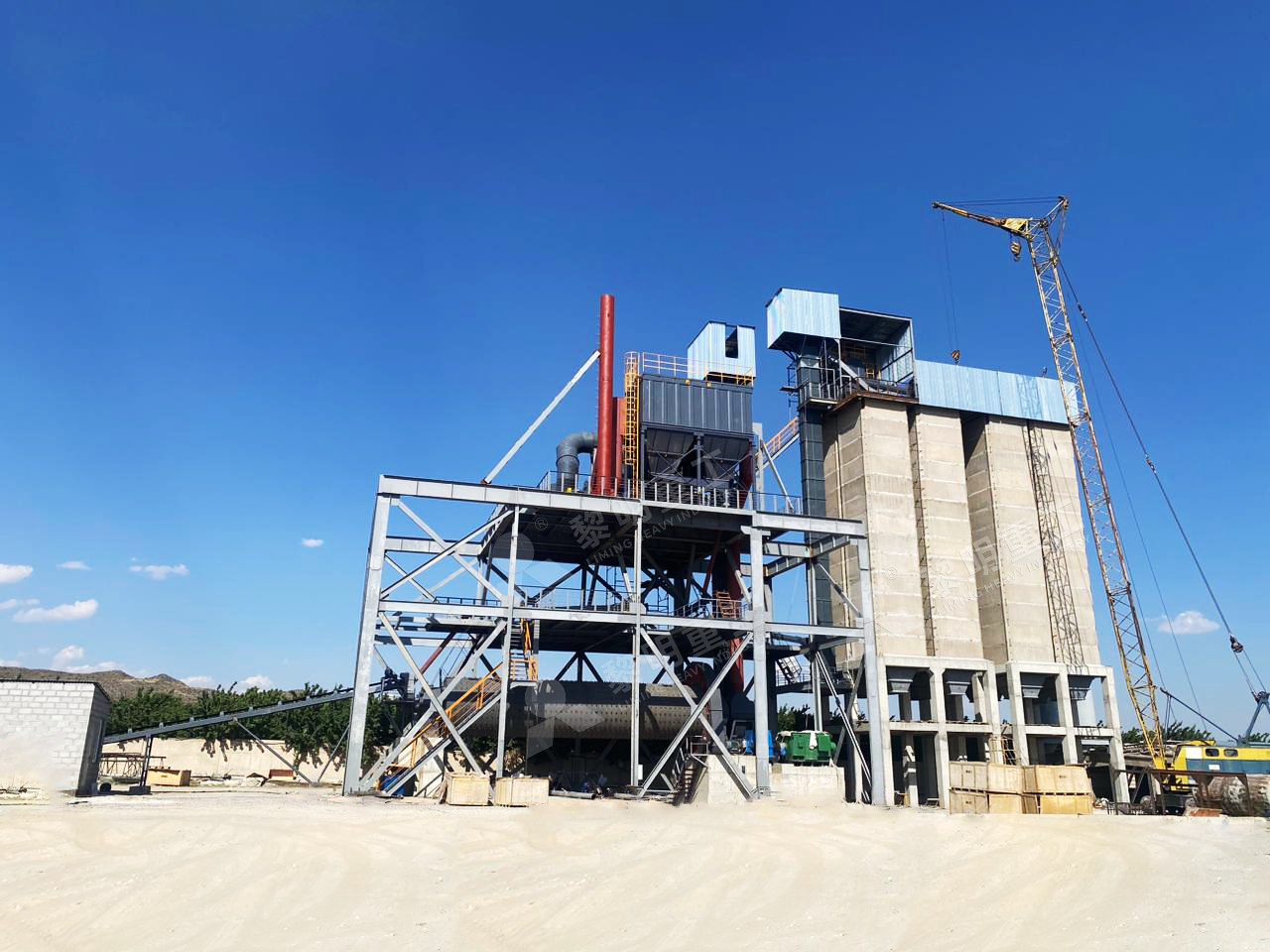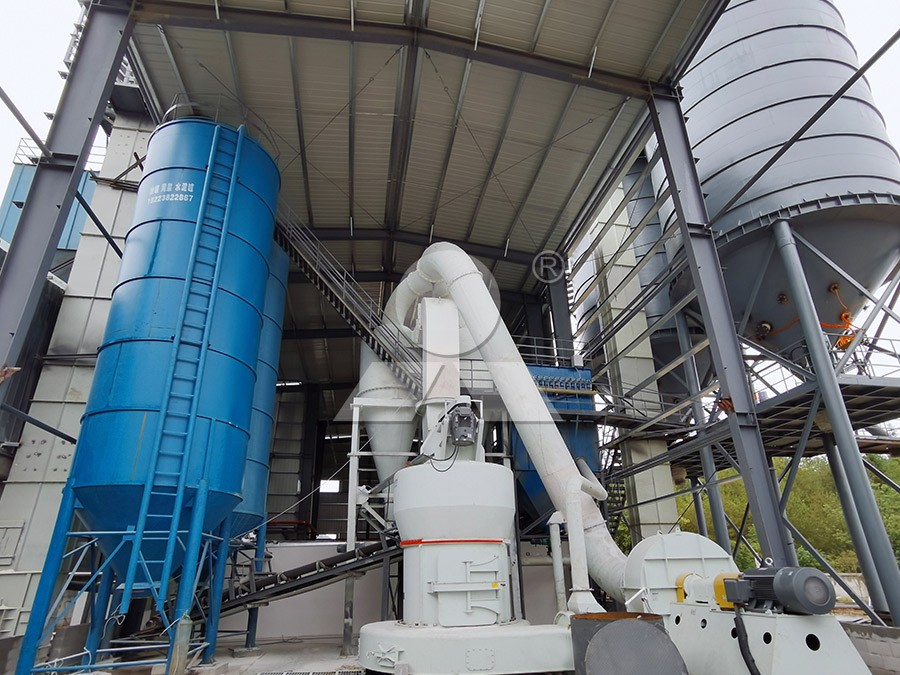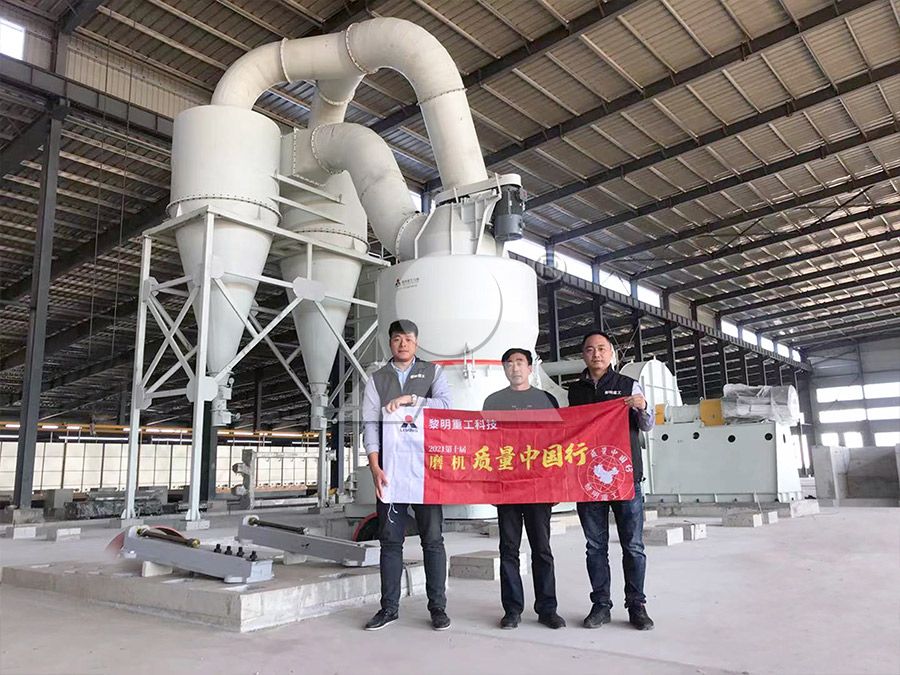Slip Ring Motor Soft Starter Application in Ball Mill Starting Systems
Slip Ring Motor Soft Starter Application in Ball Mill Starting Systems
Ball mills are the workhorses of the mineral processing industry, responsible for the crucial task of grinding raw materials into fine powders. These massive rotating drums, filled with grinding media, present a significant engineering challenge during startup. The high inertia of the system demands a controlled and powerful method to bring the mill up to operational speed without causing excessive mechanical stress or drawing destructive current surges from the power supply. This is where the specialized application of slip ring motors with soft starters becomes paramount.
The traditional method of starting large ball mills often involved direct-on-line (DOL) starting, which subjects both the motor and the mechanical transmission system to extreme torque and current spikes. These shocks can lead to accelerated wear on the gear train, damage to the motor windings, and cause voltage dips that disrupt other equipment on the same power network. The slip ring motor, combined with a modern soft starter, offers a sophisticated solution to these challenges.

How the System Works
A slip ring motor, also known as a wound rotor motor, differs from a standard squirrel-cage motor by having a set of windings on the rotor connected to external resistors via slip rings and brushes. During the starting sequence, the soft starter intelligently controls the external resistance. Initially, maximum resistance is inserted into the rotor circuit, which limits the starting current while simultaneously developing high starting torque—exactly what is needed to break the mill free from a standstill and begin rotating its massive load.
As the mill accelerates, the soft starter gradually reduces the rotor resistance in a smooth, pre-programmed ramp. This provides a near-linear acceleration curve, bringing the mill up to its full operating speed with minimal current draw and mechanical shock. Once the mill is at full speed, the slip rings are short-circuited, and the motor operates with characteristics similar to a standard induction motor. This entire process protects the grid, the motor itself, and the mechanical components of the ball mill, including the pinion gear and girth gear, significantly extending their service life.
Synergy with Modern Grinding Technology
While optimizing the starting system of a ball mill is critical, the overall efficiency of a grinding circuit is also determined by the mill technology itself. For operations requiring ultra-fine powders, our MW Ultrafine Grinding Mill presents a technologically advanced alternative or complementary solution. Engineered for customers who need to make ultra-fine powder, the MW Mill is equipped with an efficient pulse dust collector and muffler, reducing both dust and noise for a more environmentally friendly production process.
Its newly designed grinding curves of the grinding roller and ring enhance grinding efficiency significantly. With the same fineness and power, its production capacity is 40% higher than that of jet mills and twice as large as that of a traditional ball mill, all while reducing system energy consumption. For operations still utilizing ball mills, integrating such efficient downstream or parallel processing equipment can drastically improve the plant’s overall productivity and energy footprint.

System Design Considerations
Implementing a slip ring motor soft starter system requires careful planning. Key factors include the total moment of inertia of the ball mill system (including the drum, media, and liners), the required starting time, and the available short-circuit capacity of the site’s electrical network. The soft starter’s parameters, such as the initial torque setting and ramp time, must be tuned to the specific mechanical characteristics of the mill to avoid stalling or excessive stress.
Furthermore, for comprehensive grinding solutions that push the boundaries of efficiency, we also offer the LUM Ultrafine Vertical Grinding Mill. Independently designed with the latest grinding roller and German powder separating technology, it integrates grinding, grading, and transporting. Its unique roller shell and lining plate grinding curve are easier to generate a material layer, enabling a high rate of finished product in a single pass. This design, coupled with PLC control and multi-head powder separating technology, reduces energy consumption by 30%-50% compared to common grinding mills, representing the future of energy-conscious mineral processing.
Conclusion
The application of slip ring motors with soft starters for ball mill starting systems is a proven and reliable method for managing the high-inertia start of these critical assets. It ensures operational reliability, protects equipment, and contributes to stable power quality. As grinding technology evolves, pairing these robust starting systems with high-efficiency mills like the MW Ultrafine Grinding Mill or the LUM Ultrafine Vertical Grinding Mill creates a powerful combination for modern, productive, and sustainable mineral processing operations.

Frequently Asked Questions (FAQ)
Why is a soft starter necessary for a ball mill?
A soft starter is necessary to limit the high inrush current and torque spikes associated with starting a high-inertia ball mill. This protects the motor, reduces mechanical stress on the gear train and liners, and prevents disruptive voltage dips on the electrical network.
Can a VFD be used instead of a soft starter with a slip ring motor?
While Variable Frequency Drives (VFDs) offer superior speed control, they are often a more expensive solution for applications like ball mills that only require controlled acceleration to a fixed operating speed. A soft starter on a slip ring motor provides a cost-effective and technically robust solution for the specific challenge of high-torque starting.
What are the maintenance requirements for a slip ring motor system?
Primary maintenance involves periodic inspection and replacement of the carbon brushes that contact the slip rings. The slip rings themselves must be kept clean and smooth to ensure proper contact. Modern systems are designed for accessibility to simplify these checks.
How does the energy consumption of a ball mill compare to an ultrafine grinding mill?
Advanced designs like our MW Ultrafine Grinding Mill can offer significantly higher energy efficiency. For example, with the same fineness and power, the MW Mill can achieve a production capacity twice as large as a ball mill, effectively halving the energy consumption per ton of product.
